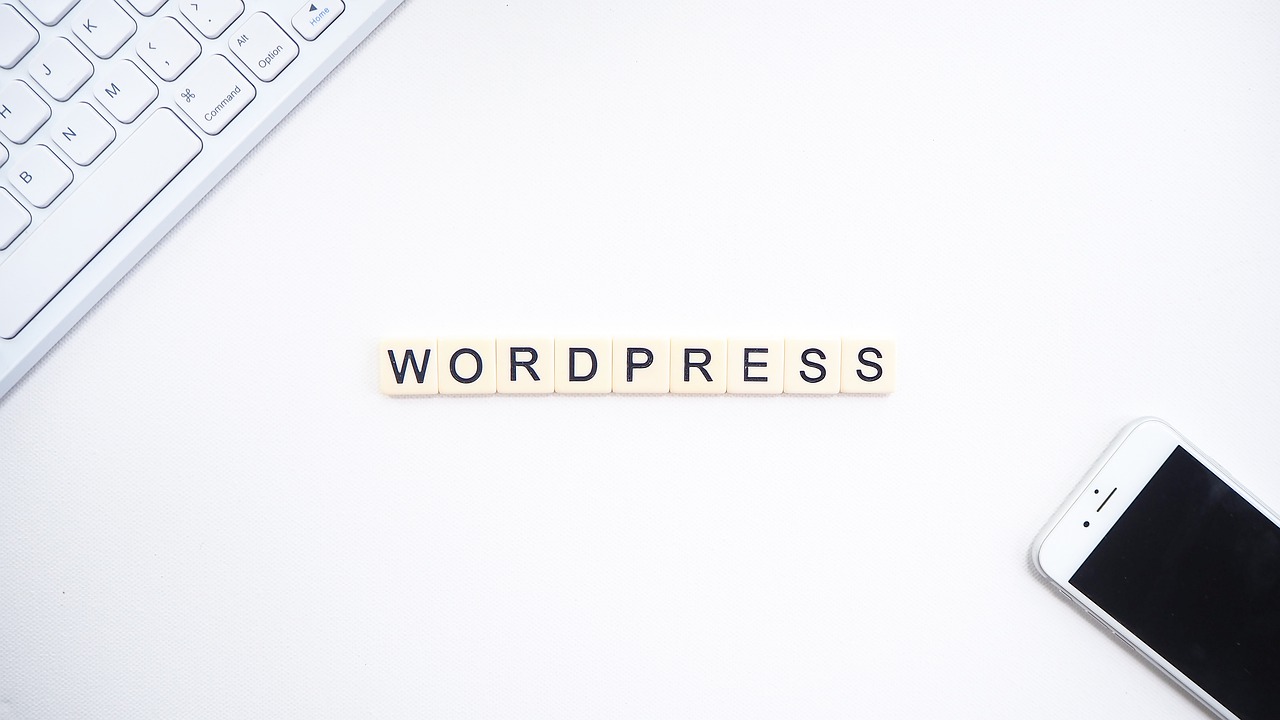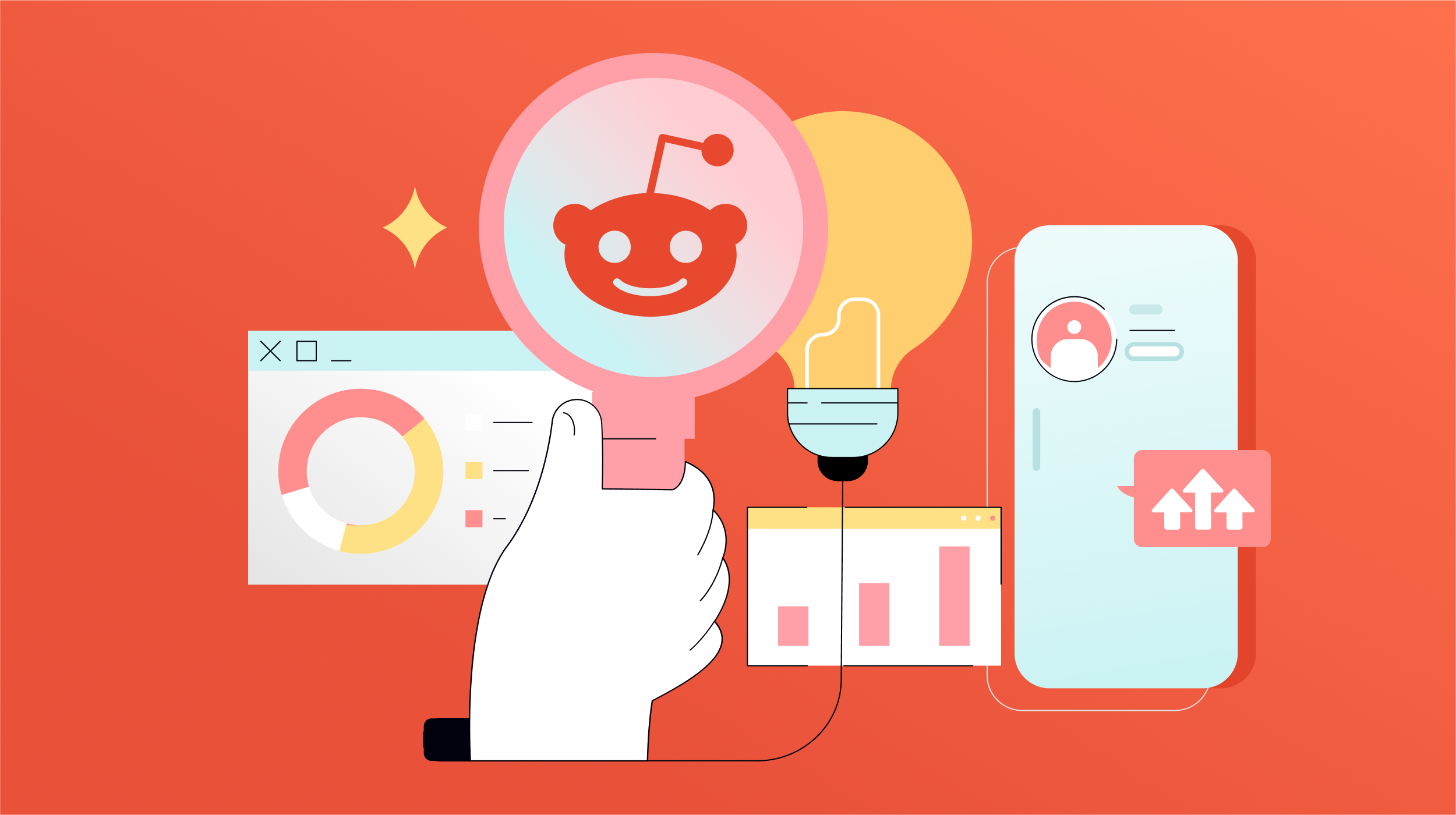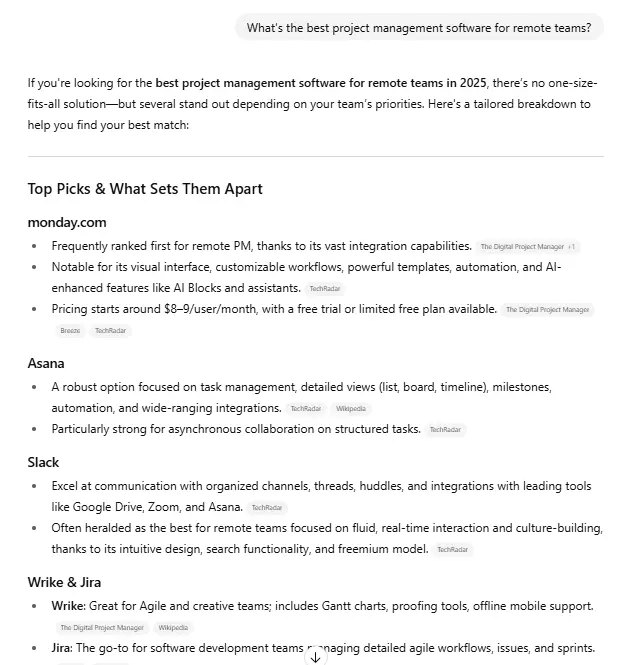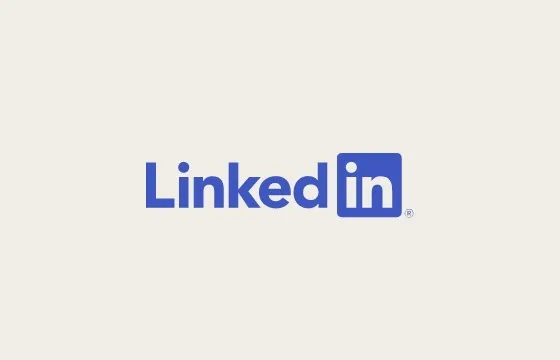How To Get The Most Out Of Max Conversion Value And tROAS Bidding via @sejournal, @adsliaison
Your value-based bidding questions answered. Learn when and how to use max conversion value and tROAS bidding. The post How To Get The Most Out Of Max Conversion Value And tROAS Bidding appeared first on Search Engine Journal.

If you have goals such as sales revenue, lifetime value, or profit margins, you should consider using value-based bidding (VBB).
Perhaps you’re unsure of how to get started or how to value different conversions – or maybe you tried value-based bidding and didn’t see the results you expected.
Recently, I addressed advertisers’ questions and common misconceptions about VBB on social media, and I’ve pulled them all together here in one place, including links to helpful resources.
So let’s lift the hood on value-based bidding, and using maximum conversion value and target ROAS bidding.
The Basics Of Value-Based Bidding
Q: What is value-based bidding?
A: With VBB, your bids are optimizing for auctions that are predicted to deliver high conversion value. In Google Ads, that means using the Maximize conversion value Smart Bidding bid strategy with the option to add a target return-on-ad-spend (tROAS) for your campaigns.
Q: Who should use value-based bidding?
A: Online sales are usually the first use case that people think of for VBB, but it can also work well for lead generation and brick-and-mortar businesses of varied sizes and conversion cycles.
The key to using VBB successfully in Google Ads is setting values for the conversions you’re tracking and feeding the right first-party data into your account, so the system can optimize to find more of the value you want to maximize.
You can import LTV, profit margins, gross merchandise value, etc., data to Google Ads to optimize for the values that matter most to your business.
Q: Doesn’t Google know the meaning behind the values I pass for bidding?
A: No, Google only interprets your values as a scale to inform decisions to help hit your targets. That’s why we continue to build ways to share data in privacy-safe ways, such as Enhanced Conversions for web or leads.
Q: Is my conversion value data used to help my competitors?
A: Google’s bidding algorithm models train on highly aggregated advertiser data to continuously learn and improve predictions. We never share your conversion values or volume with other advertisers.
Key Target And Conversion Considerations
Q: What does setting a target ROAS do?
A: When you set a ROAS target, it will optimize towards getting as much conversion value as possible on average at that target.
If you want to drive certain ROAS goals, you should explicitly set a target and use that to manage your campaign spend. This is also usually recommended, especially if you’re able to have unconstrained budgets that can allow you to take advantage of peaks in demand.
In fact, to fully allow the system to hit the ROAS target, it’s crucial to have unconstrained campaign budgets. When budgets are constrained, you may notice that the system will overachieve your ROAS target.
Target ROAS is available for single campaigns or a portfolio strategy across multiple campaigns.
Q: Are there conversion minimums to use VBB?
A: If you’re tracking conversion values, you can use Max conversion value bidding.
With tROAS, most campaign types need at least 15 conversions in the past 30 days. More specifically, we recommend that primary conversions have at least 15 conversions within the last 30 days at the conversion tracking level.
Check out the “Before you begin” section here for additional guidance.
Q: What if I don’t have enough bottom-funnel conversions?
A: We recommend optimizing for your lowest-funnel conversion action, but you can use a higher-funnel conversion action if value measurement is an issue.
If you have many campaigns with the same goals, take a look at simplifying and consolidating your campaign structures by performance objectives (e.g., the same target ROAS) to give Google’s AI the most data and flexibility.
Using shared budgets and portfolio strategies is also an option to consider for campaigns with the same performance objectives if you’re not yet ready to consolidate campaigns.
Q: What are the best practices for using multiple conversion actions with different values?
A: You can use multiple conversion actions with different values. The best practice is to upload the true values of conversions that are aligned with your business goals.
As mentioned earlier, there’s flexibility in how you define the value you want to maximize, whether it’s sales revenue, profit margins, lifetime value, etc.
Additionally, consider adding more values based on your other marketing objectives or sales channels for your business, such as new customer acquisition (more on that below), store sales and conversions, and app conversions.
And remember that any conversion actions that are included in the conversions column will be used to inform max conversion value/tROAS bidding.
Setting Values & Optimizing To Your Goals With VBB
Q: Can I use VBB if I don’t know the value of conversion actions in my sales funnel?
A: Some companies have LTV, profit margins, gross merchandise value, etc., data that are ready to be imported into Google Ads, but many businesses aren’t there yet. VBB can still work by using proxy values.
In lead generation, typically, some conversion actions will be more valuable than others. We recommend optimizing to a single funnel stage – for example, lead submissions – whenever possible, because the system will seek to maximize total value at your target or budget.
This conversion values calculator can help you gauge the average value of stages in your sales funnel based on the values you do know to get started.
As you start experimenting, be patient. It can take time to establish the right proxy values that drive meaningful value to the business. And as long as you’re not switching conversion actions, you can use campaign experiments.
Learn more about conversion values and how to set them.
Q: How do I minimize conversion volume loss when switching to tROAS from tCPA?
A: Often, advertisers wonder why their tROAS tests result in lower traffic and conversion volume.
You should, in fact, expect lower conversion volume when moving from conversion-based bidding to value-based bidding.
That’s because the system is optimizing for the most conversion value instead of the most conversions within your targets. It aims to maximize conversion value within your budget and ROAS constraints and will bid away from conversions that don’t fit those parameters.
ROAS targets are your lever to make your ads more or less likely to enter the auction. The higher your target, the fewer auctions your ads are likely to enter – while lowering your ROAS target will typically increase the number of auctions you’ll enter and thus increase your reach.
If you want to use tROAS and maintain a certain level of traffic, bid simulators can help you understand the tradeoff and see the impact that setting lower or higher ROAS targets may have on reach and conversion volume.
Q: What if I want to optimize for new customers with VBB?
A: If you have value goals but also need to acquire a specific number of new customers, consider VBB with new customer acquisition goal (NCA) bidding.
Available for Search and Performance Max campaigns, with the NCA goal, you can choose to optimize your campaign to bid higher for new customers or to bid for new customers only.
Testing & Evaluating Value-Based Bidding
Q: How can I test VBB?
A: You can use campaign experiments to test switching to max conversion value/tROAS bidding.
When testing value-based bidding, you should evaluate whether the experiment arm drove more value than the control arm.
Be sure the bidding system has learned from your values and that your ROAS target aligns with historical performance to help ensure conversion quality.
Q: How long should I wait to measure tROAS performance?
A: We typically suggest giving the bid strategy two weeks or three conversion cycles before evaluating to give the strategy enough time to learn and adapt. That said, it may take longer to ensure you have enough conversion data to evaluate.
Optimize For What Matters Most To Your Business
If you’re just starting to think about value-based bidding or considering giving it another go, keep in mind that one size doesn’t fit all.
Map out the strategy, account structure, and data signals that will enable Google Ads to optimize for the value that matters most to your business, and then test and iterate on what you learn!
More resources:
11 Tips To Get The Best Out Of Performance Max Campaigns Google Ads: 4 Strategies To Optimize Stale Evergreen PPC Campaigns The Biggest PPC Trends of 2023, According to 22 ExpertsFeatured Image: Pikovit/Shutterstock

 Tfoso
Tfoso 































